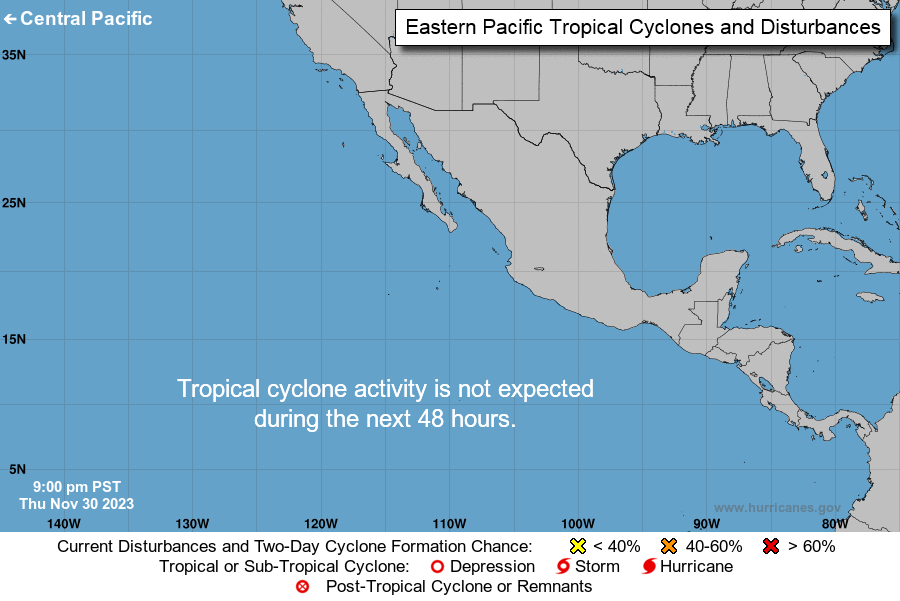Archive for the ‘Flood’ Category
1/31/1953: North Sea flooding kills more than 1,500 people in the Netherlands, destroys 1 million acres of farmland, wipes out 50,000 buildings and leaves 300,000 homeless
Thursday, January 31st, 2019Brazil: A mining dam burst on Friday, killing at least seven and leaving 200 people missing.
Saturday, January 26th, 2019Heavy rains and mudslides have caused 1 death so far and triggered roadway closures and evacuations from burn scars
Friday, December 7th, 2018EMS Mobile Integrated Health & Disasters
Sunday, November 18th, 2018In many communities across the country, Emergency Medical Services (EMS) provide preventative health care to help reduce unnecessary and costly trips to the emergency room and ensuing hospital admissions. EMS operating in a Mobile Integrated Health (MIH) role help patients with chronic conditions in their homes, divert ambulance calls to outpatient providers, and in some communities, use telemedicine to connect their patients with physicians from their homes.
But what if a disaster should strike? How might MIH providers best assist in the response effort?
A recent study1 was the first to examine the work of MIH providers — Richland County (South Carolina) EMS — during an October 2015 response to severe flooding.
Study findings
MIH providers were able to meet vulnerable patients’ health needs in severe flooding conditions by:
- Reconnecting individuals in emergency shelters with:
- Lost medications.
- Alternative housing or social services.
- Transportation to relocate them with family outside of the affected area.
- Other essential health care.
- Readily identifying to local authorities those patients who required in-person wellness checks.
- Delivering food and water to patients they knew were unable to leave their homes due to a disability.
- Providing uninterrupted power supply for home ventilators, left ventricular assist devices, and other medical equipment.
EMS physicians augmented MIH services during the flood response by performing telephone triage and self-care instruction to patients cut off from EMS. They responded to the field and provided consultation to MIH as needed.
Research takeaways for MIH providers
- Include disaster response in the MIH training curriculum.
- Help patients prepare for disasters by emphasizing the need for an evacuation plan and to safeguard adequate supplies of medications and durable medical equipment.
- Identify ahead of time community members with complex medical needs, such as people who require access to uninterrupted power for life-sustaining medical equipment.
1Gainey C., Brown H., Gerard W. (2018). Utilization of Mobile Integrated Health Providers During a Flood Disaster in South Carolina. Prehospital and disaster medicine: 33(4), 432-435.
11/17/1471: a storm in the North Sea batters the European coastline. Over the next several days, approximately 10,000 people in what is now the Netherlands died in the resulting floods.
Saturday, November 17th, 2018Venice under water: Strong winds raised the water level over 5 feet before receding.
Tuesday, October 30th, 201810/9/1963, Italy: A landslide leads to over 2,000 deaths when it causes a sudden and massive wave of water to overwhelm the Diga del Vajont dam.
Tuesday, October 9th, 2018NASA: Before and after Hurricane Florence swept through the Carolinas
Monday, October 1st, 2018

The National Weather Service office in Raleigh offered a preliminary estimate that nearly 8 trillion gallons of rain fell on North Carolina from Sept 13 to 17, 2018. That led to catastrophic flooding across many parts of the state.
Before and after Hurricane Florence swept through the Carolinas, the Operational Land Imager (OLI) on the Landsat 8 satellite observed several residential areas and major rivers. The image pair above shows the Trent River on July 14, 2017, and September 19, 2018. These false-color images use a combination of visible and infrared light (OLI bands 6-5-4) to make it easier to distinguish between flood waters and land.
The Trent River reached an all-time high of 29 feet (8.8 meters) on September 17, more than twice the flood stage (the height at which the river will overflow and cause damage). Water levels decreased to 24 feet (7.3 meters) by September 20, but many homes, public buildings, and roads leading to the town of Trenton are full of standing water.



![[Image of WPC Flash Flooding/Excessive Rainfall Outlook]](https://www.nhc.noaa.gov/storm_graphics/EP20/refresh/EP2018WPCERO+gif/084031WPCERO_sm.gif)
![[Image of WPC QPF U.S. rainfall potential]](https://www.nhc.noaa.gov/storm_graphics/EP20/refresh/EP2018WPCQPF+gif/084031WPCQPF_sm.gif)